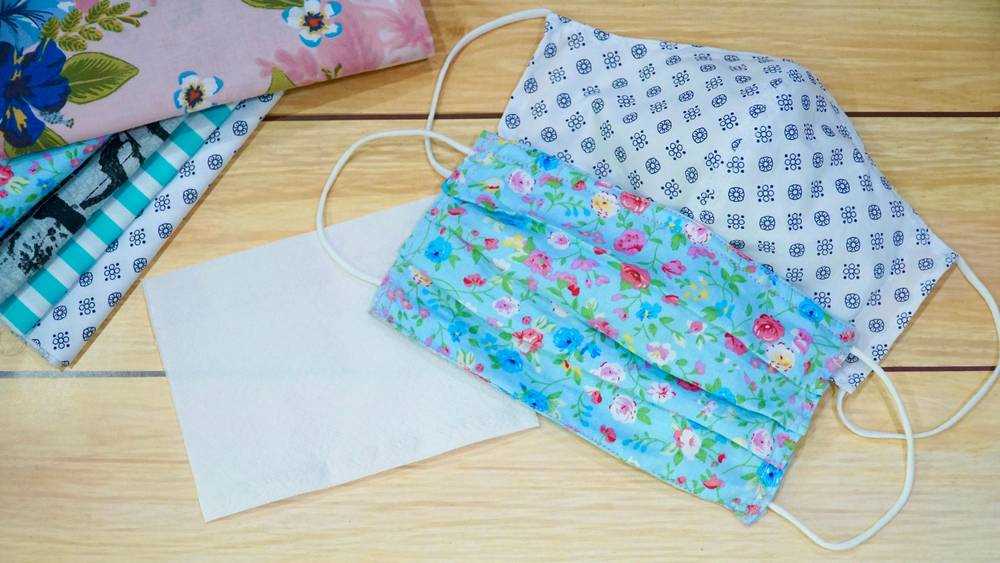Since the beginning of the spread of the corona virus, we have seen people wearing respirators. Such masks are already sold out in many places, even if they do not protect against infection. But the Berlin Charité virologist, Christian Drosten, also sees a positive side, as he explained in the NDR podcast. You don't protect yourself with a mask, as is often assumed, but you protect others!
Because droplet infection is suspected to be the main route of transmission of the virus, and wearing a mask prevents large droplets from passing on the virus and prevents you from touching your mouth and nose. However, the World Health Organization (WHO) warns of a false sense of security. The right Hand hygiene (Tip: this is how you wash your hands) and the Cough and sneeze etiquette must still be observed!
If you feel better with a mouthguard and want to further protect others, you can sew a mouthguard yourself. The city of Essen has published instructions on how to do this.
Materials for the DIY mouthguard
For the self-made mouthguard you need the following materials according to the instructions of the city of Essen:
- 2x fabric strips made of boil-proof cotton, 90 cm long and 2 cm wide
- 2x fabric strips made of boil-proof cotton, 17 cm long and 2 cm wide
- 1x 15 cm long thin and flexible wire (e.g. craft wire)
- 1x large cloth made of breathable, heat-resistant cotton fabric (e.g. light cotton cloth), 17 cm x 34 cm
Sew instructions on mouthguard
In 15 simple steps you can sew a mouthguard from the above materials. The city of Essen has compiled a PDF with instructions, which you can find here. After wearing, the mask should be carefully removed and cleaned at least once a day, according to the city of Essen in the instructions. It is washable at 90 ° in the washing machine or in a water bath on the stove for five minutes.
Note: A self-made mouthguard is not a certified protection! According to Drosten, there is no scientific evidence for the effectiveness of surgical masks and so-called FFP2 protective masks. Only FFP3 masks have verifiable infection protection.
Good to know: FFP stands for Filtering face pieceSuch particle filtering masks are divided into three protection classes.
Further news and information on the subject of Corona can be found here. If you want to share with others about the corona virus, have a look at the BRIGITTE community!
